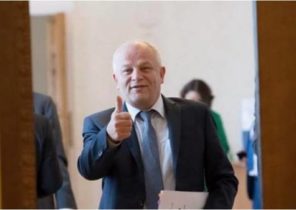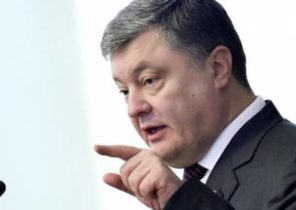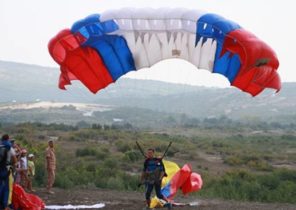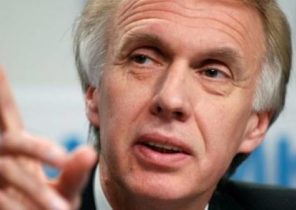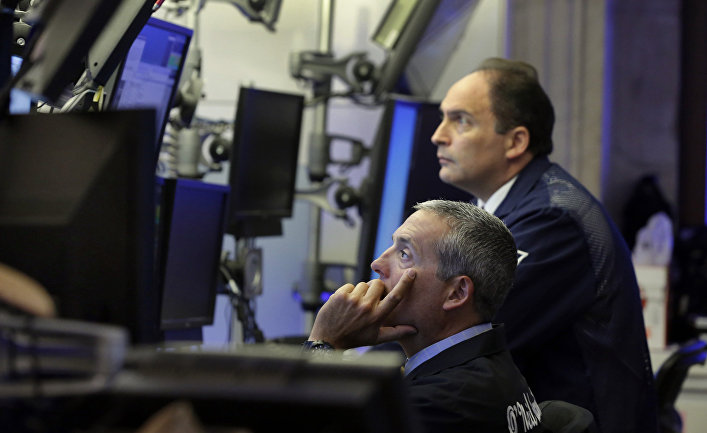
Investors are better to take Russian assets and turned back to the face.
The inflow of capital into funds investing in Russian bonds rose for the week ended 1 February, to a record level, with growth in oil prices and a warming of relations with the United States resulted in the return of investors to Russia.
In General, emerging markets have seen an increase of interest of investors to their assets amid the dollar’s decline, which fell to its lowest level in 11 weeks. Over the past week, more than $ 1 billion has been invested in a portfolio of stocks and securities with fixed yield, as evidenced by the data Emerging Portfolio Fund Research (EPFR).
The inflow of capital into funds investing in Russian bonds was approximately $ 140 million, increasing the total amount of capital raised to $ 700 million since the election trump. Meanwhile, inflows into funds investing in shares of Russian companies has been growing for 12 consecutive weeks.
The flow of investment triggered the growth of the Russian indexes. The MSCI Russia index increased by 19% since the victory of Donald trump on the us presidential elections. The influx of funds led to lower yields of Russian bonds. Over the past year, the Russian dollar-denominated loans brought more than 12% of revenue, including a 1% profit this year.
Investors are increasingly investing in Russian assets amid rising oil prices, which is expected to resume economic growth and reduce the budget deficit and amid prospects of improved relations with the United States.
Thursday, February 2, amendments to the sanctions of the US Treasury Department has led to some growth of the ruble, before investors realized what it was. Actually this step, as the administration insisted trump was not an attempt to soften the sanctions were undertaken in the interests of American companies.
Meanwhile, next month Russia is preparing to spend more than 113 billion on attempts to weaken the ruble. Recall that in 2014 the rapid weakening of the Russian currency forced the regulators to take a major intervention to stop a further decline in its rate.
The Central Bank of Russia will spend 6.3 billion rubles on the foreign exchange operations from 7 February to 6 March, as reported by the Ministry of Finance on Friday, February 3. This step was a continuation of the steady growth of the ruble against the background of rising oil prices.
Economists at Bank of America believe that the confrontation between Russia and the West will be completed in early 2018, as the political support for sanctions is waning in Europe, and the administration trump sends signals about their willingness to compromise.
“Relations between Russia and the United States likely will improve, — said strategist at Brown Brothers Harriman UIN tin. — As inflation is likely to continue to decline because the Central Bank can lower interest rates of the Central Bank several times this year, we believe that the competitiveness of Russian bonds will grow.”
Although the volume of investments in assets in emerging markets remain below post-crisis averages, investors increased investment in Russia, as Kelso said Nosema (Celso Nozema), economist, Institute of international Finance.
“We maintain our positive Outlook for Russia, especially amid rising oil prices, noted strategists at Citi. Fiscal prudence remains high, since Putin has confirmed that the additional revenues from higher than budgeted oil prices… will go to cover the deficit, not increased spending”.

